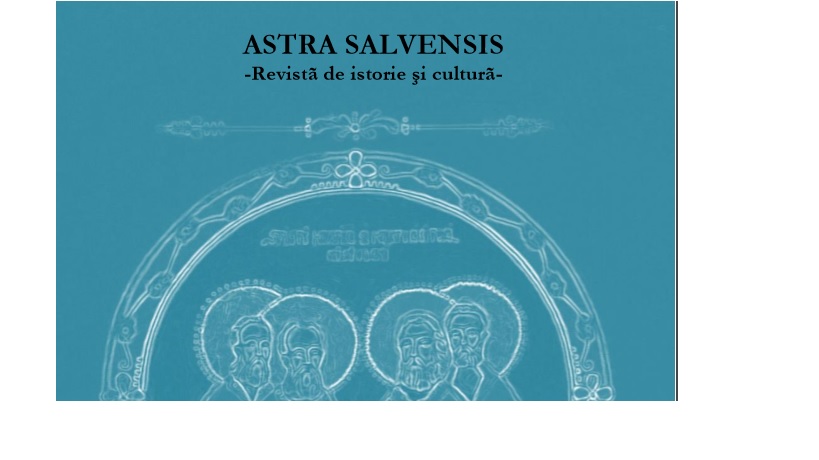COMPARATIVE RESEARCH OF TRADITIONAL CLOTHES AND JEWELRY LEXICAL ITEMS IN BASHKIR AND TURKISH LANGUAGES
COMPARATIVE RESEARCH OF TRADITIONAL CLOTHES AND JEWELRY LEXICAL ITEMS IN BASHKIR AND TURKISH LANGUAGES
Author(s): Gulfira R. Abdullina, Lylyja Bakirovna Abdullina, Elvira F. RAKHIMOVA, Khadisa V. SULTANBAEVA, Gulnaz A. ISYANGULOVA, Munira F. AkilovaSubject(s): Language studies, Language and Literature Studies, Applied Linguistics, Turkic languages
Published by: Asociaţiunea Transilvană pentru Literatura Română şi Cultura Poporului Român - ASTRA
Keywords: traditional; jewelry; ethnography; lexicon; footwear;
Summary/Abstract: The relevance of research is defined by the insufficient study of clothes and jewelry lexical items in Bashkir and Turkish languages. Lexicon of both languages is constantly developing, replenished with new words, and in this connection needs ripening of complex studying of names of traditional outerwear, footwear, headdresses, and their elements, jewelry and also lexemes connected with their creation, using, repairing, leaving, etc. The aim of research is comparative analysis, description and systematization of the lexicon of traditional clothes, and jewelry in Bashkir and Turkish languages. There were set and solved the following tasks: to collect illustrative material on the studied subject, to define the main lexical-semantic groups and subgroups in lexicon of traditional clothes and jewelry, to carry out interpretation of Turkish names of traditional clothes and jewelry in Bashkir, to submit structural and word-formation and etymological analyses of the above-named field of lexicon, to analyze and generalize the received results. The leading methods in this research: analytical method, descriptive method, comparative method. Elements of morphemic, word-formation, etymological analysis were also used. As a result of research there were revealed phonetically different names of traditional clothes and jewelry in Bashkir and Turkish languages as identical on sense. Some part of the lexicon was analyzed in close connection with historical, ethnographic, cultural sources. Results of research can be used for the further development of theoretical questions of lexicology, onomasiology, dialectology, and during studying history of Bashkir and Turkish languages, in comparative typology of multilingual names of traditional outerwear, headdresses, footwear, jewelry, in areal linguistics, in comparative and historical phonetics and grammar of Bashkir and other Turkic languages. It is possible to attract some part of the analyzed lexicon when studying history, ethnography, cultural science, art criticism. It may be a source for those, who are interested in Turkish folklore.
Journal: Astra Salvensis - revista de istorie si cultura
- Issue Year: VIII/2020
- Issue No: Supplement
- Page Range: 379-389
- Page Count: 11
- Language: English

